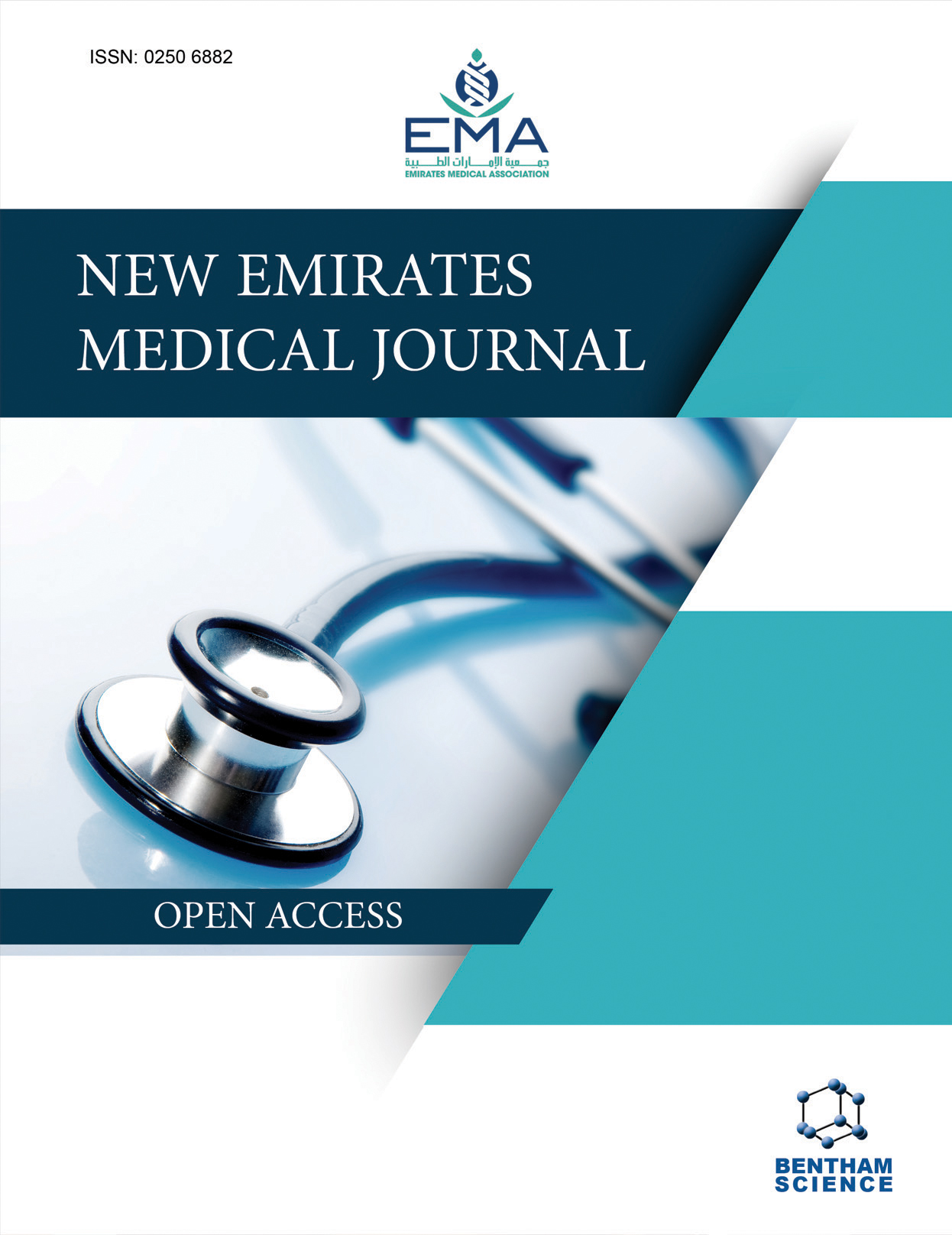-
oa Post-coronary Artery Bypass Graft Complications; Potential Causes and Risk Factors
- Source: New Emirates Medical Journal, Volume 5, Issue 1, Jan 2024, e100423215574
-
- 25 Aug 2022
- 07 Mar 2023
- 01 Jan 2024
Abstract
Cardiovascular disease (CVD) remains the leading cause of death worldwide despite the coexistence of the current COVID-19 pandemic. Current emergency management involves revascularization of the coronary arteries.
Retrospectively evaluate the association between the used number of shunts and postoperative complications.
Several complications are reported after coronary artery bypass graft (CABG) surgery, such as postoperative arrhythmia and postoperative stroke. However, the risk factors for the development remain not elaborated.
A retrospective cohort study involved 290 patients for the period 2017-2021 treated surgically for ischemic heart disease. The surgery includes shunts of the internal thoracic arteries with the post-occlusion coronary arteries. The number of shunts is varied depending on the size and number of occluded arteries. According to the number of shunts, the patient may be operated on with artificial circulation (CPB; cardiopulmonary bypass), or without a working heart (OFF pump; without artificial circulation. For statistical analysis, T-test, one-way ANOVA test, X2 test, COX proportional hazards, and Pearson correlation test were used by using the Statistica program.
The most frequently reported complication is postoperative hydrothorax, in 28 (11.20%) patients. Patients with post-CABG LV aneurysm had a longer CPB time and aortic cross-clamp time, t-value -5.58113, p < 0.000000; t-value -4.72802, p < 0.000004, respectively. Patients with postoperative hydrothorax with low BMI and longer CPB and Aortic cross-clamp time, t-value of-2.33929, p <0.020021; t-value 3.83233, P < 0.000157; t-value 2.71109, p < 0.007119, respectively. Subsequently, post-operative hydrothorax increases the intensive care unit (ICU) and total hospitalization days, t-value 5.80811, p < 0.000000; t-value 7.37431, p < 0.000000, respectively. Patients who have preoperative progressive angina have a higher number of complications, t-value of 2.108504, p < 0.035866. Post-myocardial infarction patients with myocardial sclerosis (PMIMS) have a higher number of complications, t value of 2.516784, p < 0.012396. A direct correlation between the number of complications and age/CPB time/ aortic cross-clamp time/ICU hospitalization days/total hospitalization days, r= 0.138565, 0.204061, 0.162078, 0.487048, 0.408381; respectively.
Postoperative complication rate associated with the pre-existence of progressive angina and PMIMS. Elderly people undergoing CABG are at higher risk of psychosis, arrhythmia, longer total and ICU hospitalization days, and stroke. Advanced age, longed CPB time, prolonged aortic cross-clamp time, long ICU hospitalisation, and long total hospitalization days are risks of more frequent post-CABG complications.
The number of complications is not associated with the dead and alive status of patients or with the number of shunts.


